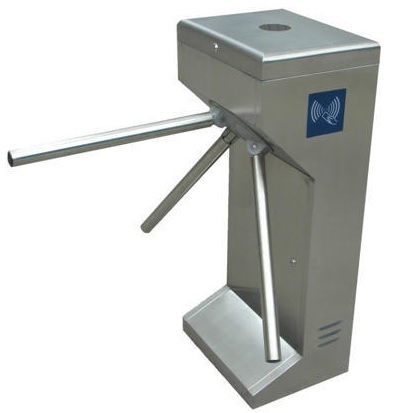Project Objective
Design, test, and manufacture the communication antenna packages and their deployment systems for Oregon's first satellite (OreSat) with support from the Oregon Space Grant Consortium (OSGC).
Team

The project team is
Customer/Market Requirements
The project sponsor requires two separate deployable satellite systems. They must communicate with ground control and handheld receivers, deploy reliably, be able to withstand harsh environments, meet regulatory requirements for cubesats, and fall under budget limitations including weight, cost and power. The turnstile antenna will be the first to deploy and communicate omnidirectionaly with the ground station for satellite communications and control. The high-gain, directional helical antenna, mounted on the opposite end of the cubesat, will broadcast a high-definition video feed to handheld receivers scattered around Oregon.
Design Challenges
The design team is focused on building lightweight deployable antenna systems that will be able to stow as compactly as possible, deploy reliably and communicate at the precise radio frequencies required by our customer for satellite operations. Designing for deployment in space poses a number of challenges. Not only must the system be as light-weight and compact as possible, it must also withstand the vibrations of a launch vehicle and the extreme temperatures of low-earth orbit.
Outcomes
Turnstile Array
The turnstile array went through several iterations of 3D printed prototypes in order to evaluate antenna stowage and deployment mechanism performance. Selection has been narrowed to two concepts for the next phase of testing–however, additional functionality of the antenna requested by the customer requires a partial redesign.

Helical Antenna
The helical antenna has been modeled as a compression spring, allowing for stowage under elastic deformation, and deployment without an additional apparatus. The team has been working with a local spring manufacturer after unsuccessfully attempting to wind the spring by hand. In order to achieve a gain of 16 dB, the antenna geometry was optimized using MATLAB simulations. Eschewing the industry standard monofilament tethers, the design will utilize fine ribbons to constrain the deployed helix.
